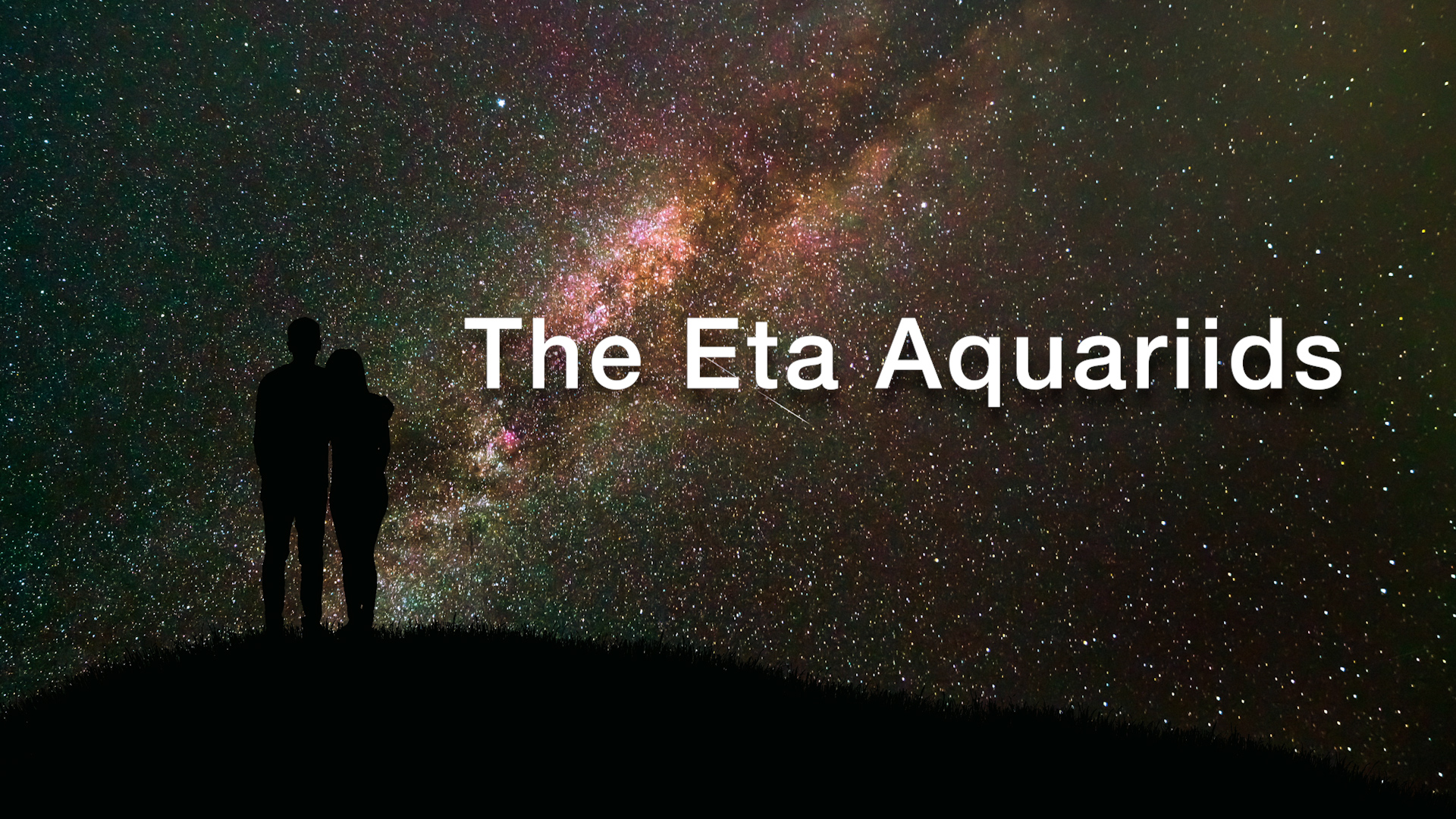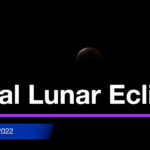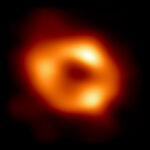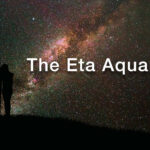Coming soon to the skies above, the Eta Aquariids.

The Eta Aquariids are a meteor shower that is visible from about April 19 to about May 28 each year. The meteor shower is the result of its parent comet, which is the famous Halley’s Comet.
The meteors we currently see as members of the Eta Aquariid shower separated from Halley’s Comet hundreds of years ago. The current orbit of Halley’s Comet does not pass close enough to the Earth to be a source of meteoric activity.
Although this shower is not as spectacular as the Leonids may be and well below the rates of the Perseids or the Geminids, it is not an ordinary event. The Eta Aquariids get their name because their radiant appears to lie in the constellation Aquarius, near one of the constellation’s brightest stars, Eta Aquarii. The shower peaks at about a rate of around a meteor per minute, although such rates are rarely seen from northern latitudes due to the low altitude of the radiant.
The Eta Aquariids’ radiant rides low in the sky on spring mornings as seen from the Northern Hemisphere which is called the ecliptic. Meaning, that this shower favors the Southern Hemisphere.
The Best times to watch are the mornings of May 4, 5 and 6, 2022, in the hours before dawn.
For more information, please visit https://www.amsmeteors.org/meteor-showers/2020-meteor-shower-list/
- Total Lunar Eclipes: Tonight!!!A total lunar eclipse will occur tonight, May 15, 2022, the first of two this year. The second eclipse will happen in November of this year.. The eclipse will be a dark one with the northern limb of the Moon passing through the center of Earth’s shadow. This is the first central eclipse of Lunar Saros 131. The eclipse will be completely visible over most of North… Read more: Total Lunar Eclipes: Tonight!!!
- Astronomers reveal first image of the black hole at the heart of our galaxyToday, at simultaneous press conferences around the world, including at the European Southern Observatory (ESO) headquarters in Germany, astronomers have unveiled the first image of the supermassive black hole at the centre of our own Milky Way galaxy. This result provides overwhelming evidence that the object is indeed a black hole and yields valuable clues… Read more: Astronomers reveal first image of the black hole at the heart of our galaxy
- Tau Herculids A Possible Surprise Meteor Shower!We might have the opportunity to witness a possibly intense meteor event due to a comet that split apart in 1995. Apparently, it is still fracturing. It could cause a spectacular mini meteor shower called the Tau Herculids… It’s parent comet is 73P/Schwassmann-Wachmann 3, which was discovered back in 1930, by German observers Arnold Schwassmann and… Read more: Tau Herculids A Possible Surprise Meteor Shower!
- Coming soon to the skies above, the Eta Aquariids.The Eta Aquariids are a meteor shower that is visible from about April 19 to about May 28 each year. The meteor shower is the result of its parent comet, which is the famous Halley’s Comet. The meteors we currently see as members of the Eta Aquariid shower separated from Halley’s Comet hundreds of years ago. The current orbit of… Read more: Coming soon to the skies above, the Eta Aquariids.
- The Night Sky | May 2022 | Venus & Jupiter Conjunction | Total Lunar Eclipse | Eta Aquarids MeteorsLate Night Astronomy Venus & Jupiter appear to collide, the Moon turns blood red and a meteor shower lights up the sky! It’s a busy month for the night sky this May. Regardless of your experience or equipment, we’ve got something here for you. Please let me know what excites you about space and what… Read more: The Night Sky | May 2022 | Venus & Jupiter Conjunction | Total Lunar Eclipse | Eta Aquarids Meteors












